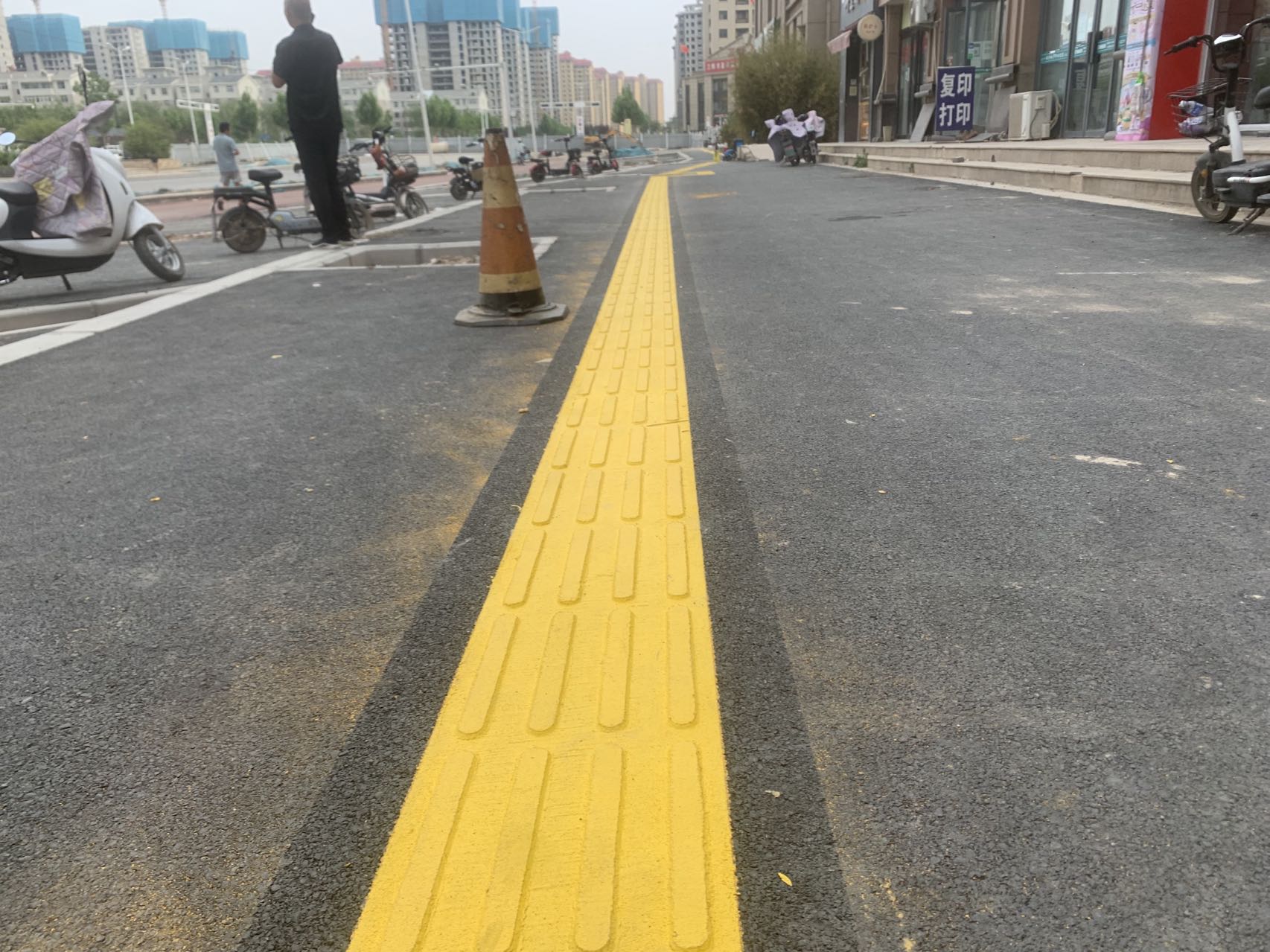Quotation for Cast-in-Situ Blind Pathway Construction
Cast-in-situ blind pathways, also known as on-site poured blind pathways, represent a significant advancement in accessibility infrastructure for visually impaired individuals. These pathways are constructed using specialized concrete poured directly onto the prepared surface, incorporating tactile elements to guide pedestrians safely. Given the custom nature of cast-in-situ construction, pricing for these pathways can vary widely based on several factors. Here, we provide a comprehensive overview of the factors influencing the quotation for cast-in-situ blind pathway construction.

Factors Influencing the Quotation
- Material Costs:
- Concrete and Aggregates: The quality and type of concrete, along with the aggregates used, directly impact the cost. High-performance concrete with superior durability and tactile properties tends to be more expensive.
- Reinforcement: The inclusion of reinforcing materials, such as steel mesh or fibers, enhances structural integrity and durability but adds to the overall cost.
- Design and Layout:
- Complexity: The intricacy of the tactile pattern (e.g., brick, dot, or bar designs) and the overall pathway layout can affect the time and materials required, thereby influencing the quotation.
- Customization: Customized designs or specific tactile elements may necessitate additional engineering and manufacturing, driving up costs.
- Site Preparation:
- Surface Preparation: The condition of the existing surface and the required preparatory work (e.g., excavation, grading, and compaction) significantly impact the quotation.
- Accessibility and Logistics: The ease of access to the site and the logistics of transporting materials and equipment also factor into the cost.
- Labor Costs:
- Skilled Labor: The expertise required for pouring, finishing, and installing tactile elements can be costly, especially in areas with high labor costs.
- Duration of Work: Projects with tight timelines may require additional labor to meet deadlines, increasing the quotation.
- Project Management and Overheads:
- Supervision and Quality Control: Effective project management and quality assurance measures add to the overall cost but ensure the project's success.
- Permits and Compliance: Obtaining necessary permits and ensuring compliance with accessibility regulations can also contribute to the quotation.
- Geographical Location:
- Regional Variability: Labor costs, material availability, and regional economic conditions can vary significantly across different locations, influencing the quotation.
Typical Quotation Ranges
Due to the aforementioned factors, providing a definitive price range for cast-in-situ blind pathway construction is challenging. However, based on market analysis and industry insights, the following ranges can serve as a rough estimate:
- Basic Projects: For straightforward designs, minimal site preparation, and standard materials, quotations may start from approximately 30to50 per square meter.
- Moderate Complexity: Projects with moderate design complexity, typical site preparation, and mid-range materials can range from 50to80 per square meter.
- High Complexity: For highly customized designs, extensive site preparation, and premium materials, quotations can exceed $80 per square meter.
Considerations for Budgeting
- Budget Flexibility: Allow for some flexibility in your budget to accommodate unforeseen challenges or changes in project scope.
- Detailed Quotes: Request detailed quotes from multiple contractors, outlining all costs associated with the project, to make informed comparisons.
- Value Engineering: Work with contractors to identify cost-saving opportunities without compromising safety or accessibility standards.
Conclusion
Cast-in-situ blind pathway construction is a crucial investment in accessibility and safety for visually impaired individuals. While pricing can be variable, understanding the factors influencing the quotation allows for better budgeting and decision-making. By working closely with experienced contractors and considering the unique needs of your project, you can ensure the delivery of a high-quality, accessible blind pathway within your budget.





 Chinese brand Kunjie Materials Company is an environmentally friendly enterprise that provides colored anti-skid pavement, ceramic particle anti-skid pavement, water-based polymer colored pavement, pe...
Chinese brand Kunjie Materials Company is an environmentally friendly enterprise that provides colored anti-skid pavement, ceramic particle anti-skid pavement, water-based polymer colored pavement, pe...